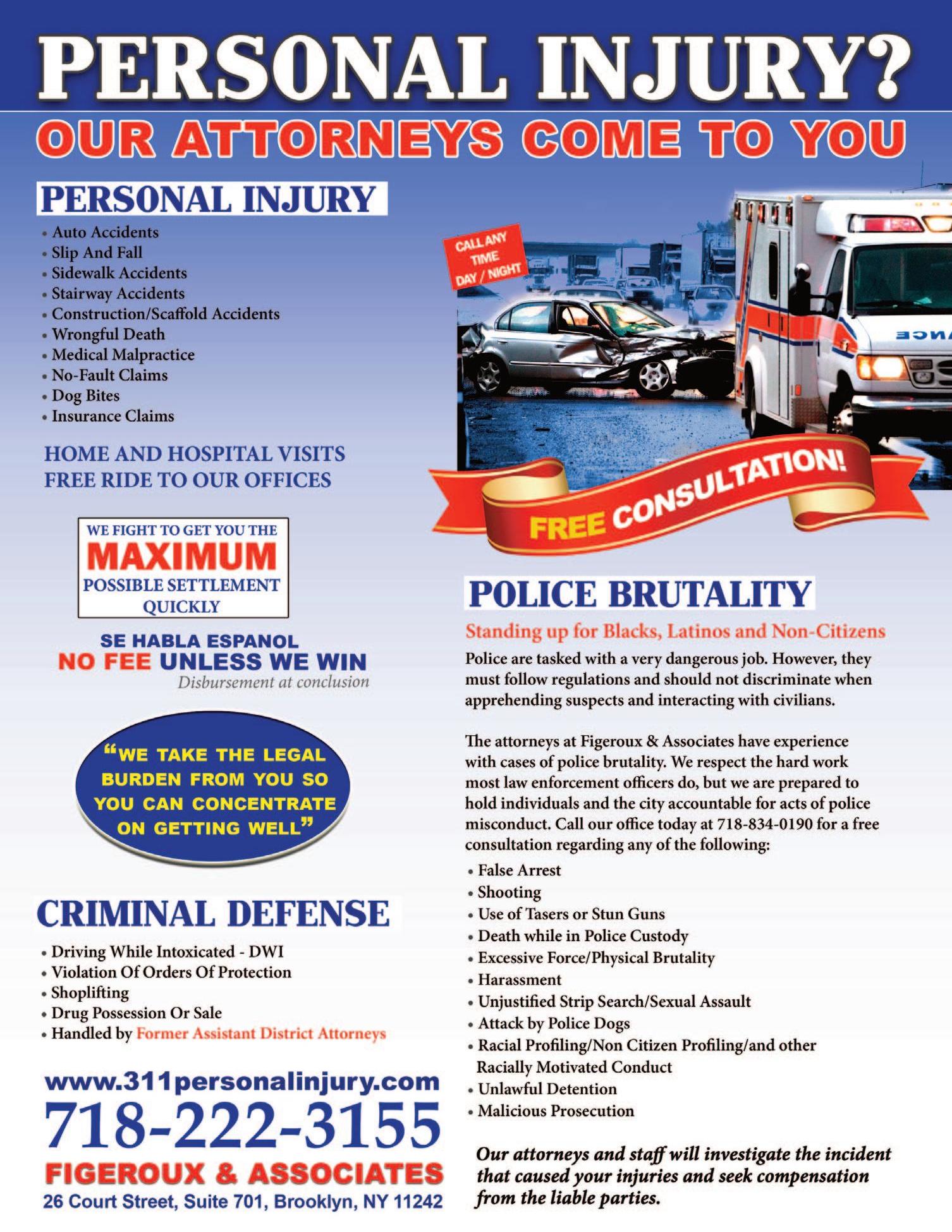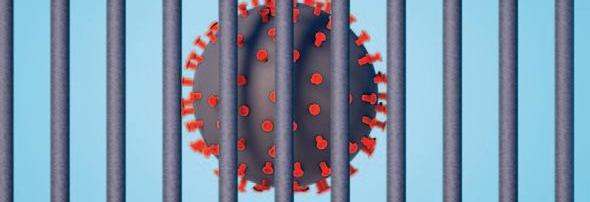
21 minute read
Love, Health & Travel
Diabetes is the Focus for National Kidney Month
New York, NY: In are at increased risk for developing lotti, M.D., Chief Medical Officer at honor of National kidney disease,” said Kevin Longino, the NKF. “We want to help millions Kidney Month which CEO of National Kidney Foundation of Americans who have type 2 diastarts today, the National Kid- and a kidney transplant patient. betes – those at highest risk for develney Foundation's (NKF) na- “Having kidney disease also puts you oping kidney disease – by tional public awareness at greater risk of developing life- encouraging them to talk to their doccampaign, "Are You the threatening complications from tors to learn if testing and other treat33%?” enters a new phase fo- COVID-19, so it’s really important ments are right for them.” cusing on the connection be- that people go to our one minute quiz The “Are You the 33%?” campaign tween type 2 diabetes (T2D) and find out about their kidney urges T2D patients and everyone and kidney disease, also health.” with a risk factor to learn more by known as chronic kidney dis- People of certain racial and ethnic taking a simple, one-minute online ease (CKD). NKF urges every- groups are more likely to develop quiz at MinuteForYourKidneys.org. one to find out if they’re the 1 kidney disease than others. Blacks or The campaign microsite is available in 3 at risk for developing kid- Celebrity Spokesperson in February, Black His- African Americans are 13 percent of in both English and Spanish at Minney disease by taking a one- tory Month, to help promote awareness of dia- the U.S. population, but represent 35 uteForYourKidneys.org. Patients minute quiz at betes as a leading cause for developing chronic percent of those with kidney failure. should also ask their doctors about MinuteForYourKidneys.org. kidney disease. Allen has a family history of di- Hispanics or Latinos are 1.3 times as two simple tests to diagnose kidney Diabetes is a leading risk fac- abetes and was recently diagnosed with pre-di- likely as non-Hispanics/Latinos to disease: a specific urine test, called tor for developing kidney dis- abetes. On March 11th, World Kidney Day, develop kidney failure. A leading uACR, and a calculated blood test, ease. Over time, having high people with T2D will have a unique opportu- cause of kidney disease is diabetes called eGFR. blood sugar from diabetes can nity to attend a virtual fireside chat to hear which is more prevalent in these com- In addition, Healthy.io, the creator cause damage inside your Debbie Allen’s personal story first-hand. Allen munities. Everyone needs to know of smartphone urinalysis, is partnerkidneys. But it doesn’t have to will be joined by NKF’s Chief Medical Officer, about kidney disease, but especially if ing with the NKF to offer its home end up this way; because with Dr. Joseph Vassalotti and a patient advocate you have any one of these additional urine albumin-to-creatinine ratio careful control of glucose with T2D and chronic kidney disease. Partici- risk factors: high blood pressure, (uACR) test kit, free of charge, to peo(sugar) levels, there is evi- pants will have the opportunity to ask the heart disease, obesity, and family his- ple with type 2 diabetes who are at dence that you can prevent speakers their own questions via a chat func- tory of kidney disease. increased risk for developing kidney kidney disease in people with tion. See registration details. Note this event is “With 1 in 3 adults in the U.S. at risk disease. Take the one-minute quiz at diabetes. not open to media. for developing kidney disease, we MinuteForYourKidneys.org. Award-winning actress, “Millions of adults in the U.S. are walking must urgently transform understand- Join the conversation on social Debbie Allen joined the cam- around with kidney disease and don’t even ing risk into taking actions to protect media by using the hashtag #Minutepaign as the T2D Campaign know it. And if you have type 2 diabetes you kidney health,” said Joseph Vassa- ForYourKidneys.p
Advertisement
A 501 (c)(3) organization
Are you looking to get into the health & wellness business?
We unlock the potential power of your communications.

lRadio Host Training & Streaming lIntroduction to Investigative Journalism lPodcast Training & Production lMarketing Concepts: Print & Online lBlogging Boot Camp lNewsletter Development Boot Camp lWebsite Business Plan Design Concepts lEvent Planning & Strategies
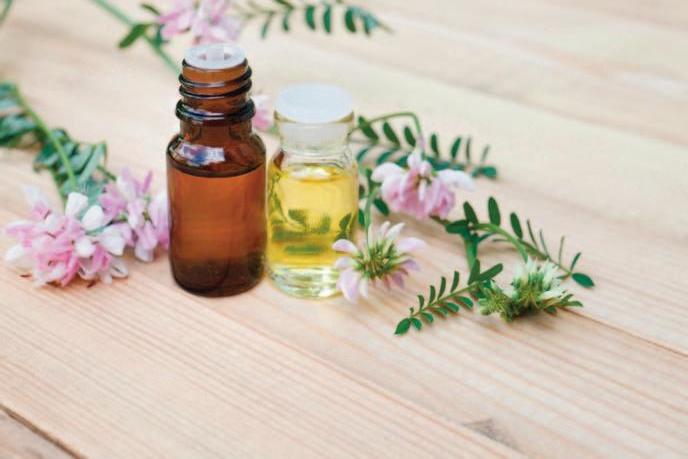
Visit www.nycmediatraining.org or call 212-470-2730
Contact:


Stacy Young Board Certified Holistic Health Coach Tel: 917-459-8431
Love, Health & Travel
Keeping Love Alive After the Honeymoon is Over
BY MARY CAMPBELL
Being married is difficult at the beginning, middle and end. The end is divorce or death. The middle is when the kids have left home and retirement is the next earth-shattering event on the calendar. The beginning is the place where you have so many paths to take that can lead to the dog box, beautiful bliss or some kind of blah in the middle of those two places. Here are some wonderful ways to start your marriage with the intention of living a higher love life than the Jones'.
Be Kind and Thoughtful
You would think this would be automatic, but after a few years of married life it's easy to be the one complaining about the garbage not being put out, rather than the one putting it out. Be kind in many ways. You can offer to help with the housework, laundry and gardening. You can give flattering comments. You can remember important anniversaries. You can bring home a favorite snack or give a hug. When you think about it, the ways to show kindness and thoughtfulness are never-ending.
Be Romantic, Even if You are Not Naturally
It's easy to use the excuse that you are not the romantic type. True romantics are not as common as you think. But just because you don't love being romantic or ideas to show it don't come easily, it's not a good reason to give up. Love letters, flowers, new clothes, massages, kisses - the list goes on. It's easy to execute the romantic ideas after you think of them. Remember the way to any man's heart is through food. It's an old cliche, but also it's true.
Make Plans
Take a weekend away as often as you can afford it. Building memories together brings people closer. When you travel and see new places you will strengthen your love bond, even if you stay holed up inside a resort room getting room service and watching old movies. Holidays abroad are the big plans to look forward to. Even the process of planning the holiday can be bonding.
Give Space to Yourself and Your Partner
Everyone needs some time alone. No matter how loved up you are, you will need some personal space to reflect, recharge and think. The same for your partner. Make sure you pencil in time for this important alone time often.

Always Be Mindful
Relationship mindfulness sounds like a term Gwyneth Paltrow would share if she was your best friend meeting up for coffee. They say it's the little things that count. And it's true that a small loving gesture can brighten your partner's day (including making a coffee). But it's the consistency that counts too. When you stop doing the little things you are in the danger zone of taking your partner for granted and from then it can be downhill to resentment and arguments. Be mindful to express your love. Married life needs work like any relationship. There are ups and downs in every marriage. Start your marriage by following these love rules that will help you stay in the honeymoon stage as long as possible, then move into a deeper stage of love, respect and romantic. Before you know it you will be that really old twosome walking on the beach holding hands who everyone thinks is just the cutest couple ever. p
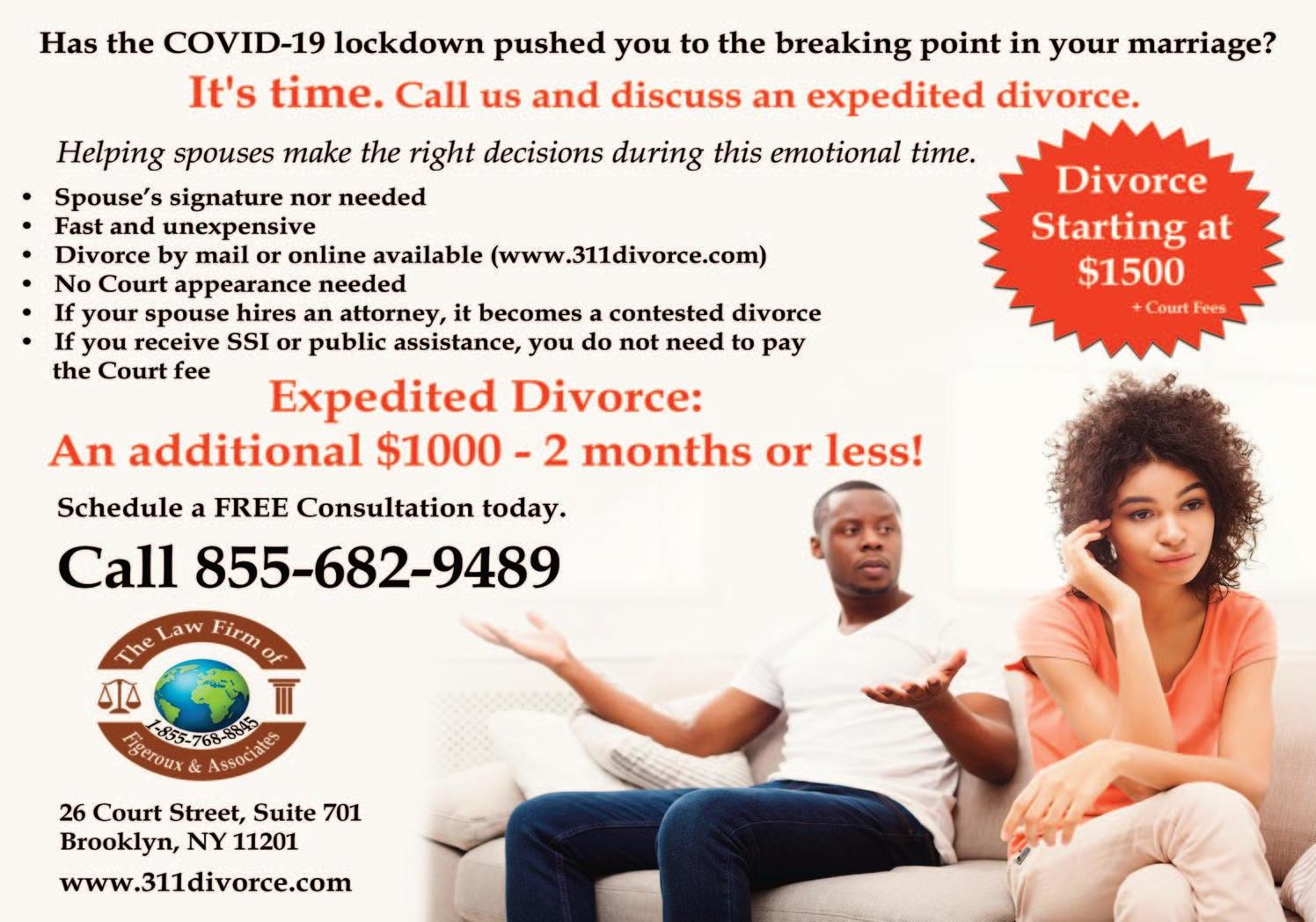
Why Colorectal Cancer Awareness Month is Really Something to Celebrate this Year
BY FRANKLIN G. BERGER THE CONVERSATION
March is National Colorectal Cancer Awareness Month. I recognize that you’re not likely to throw a party to celebrate, since most of us are not comfortable talking about our butts and our bowel habits. However, there really is reason to talk about this disease, which kills over 50,000 people each year in the U.S. As a research scientist and colorectal cancer advocate, I am particularly excited over two significant developments that have occurred recently. These could save lives. First, in an effort to stem the growing numbers of younger adults who are diagnosed with the disease, a national panel has recommended lowering the age when screening should start to 45. Second, federal law has changed the Medicare reimbursement to make sure that the cost of a screening colonoscopy is fully covered. A deadly disease Colorectal cancer remains a major source of cancer incidence and mortality worldwide. The American Cancer Society recently estimated that in 2021, there will be 149,500 new cases of colorectal cancer and 52,980 deaths in the U.S. alone. This places the disease fourth highest in terms of cancer incidence and second highest in mortality in the country. Only lung cancer claims more lives from cancer in the U.S. In addition, African Americans are more likely to be diagnosed with the disease and to die from it. And yet, colorectal cancer is among the most preventable of cancers. Over the past three decades, timely screening and removal of precancerous lesions, called polyps, before they progress to cancer have contributed to sustained decreases in colorectal cancer incidence and mortality. So, progress is being made, but we have a ways to go. In 2000, President Bill Clinton dedicated March as National Colorectal Cancer Awareness Month, indicating that “our most effective weapon in defeating colorectal cancer is early detection and treatment.” Each year, survivors, patients, medical providers, researchers and advocates collectively disseminate knowledge of colorectal cancer and its prevention to the general population, promoting awareness and action that will reduce the toll of this highly preventable disease.
Chadwick Boseman, who died from colon cancer at age 43. Boseman’s death underscores colorectal cancer increase in younger adults and health gaps for African Americans. Editorial credit: DFree / Shutterstock.com

Alarming trend in young adults
For quite some time, national guidelines have recommended that colorectal cancer screening begin at the age of 50, when risk of the disease starts to climb markedly. However, in recent years, researchers and physicians have observed that colorectal cancer is increasing in people under age 50. Screening has generally not been recommended for those under 50 unless major symptoms occur. Those of us who study the disease do not fully understand the reasons behind this increase, but there is growing concern among doctors, researchers and, of course, patients and their families. This concern has led to reconsideration of screening guidelines by the federal panel that recommends them. In October 2020, that panel –the United States Preventive Services Task Force – conducted a comprehensive and in-depth evaluation. It recommended that adults age 45-49 be screened for colorectal cancer. This brings the Task Force in line with what the American Cancer Society recommended in 2018. The revised recommendations are formally in draft form now, but they should be finalized within the next several months. The Affordable Care Act mandates that colorectal cancer screening follow these guidelines, and that private insurers and Medicare cover approved screening tests with no co-payments. Once the new guidelines are in place, young adults age 4549, who are increasingly vulnerable to colorectal cancer, will become eligible for insurance that fully covers screening.
Getting rid of surprise payments
The second development concerns Medicare coverage of screening colonoscopies. While Medicare must cover colorectal cancer screening with no copayments, a co-payment is charged if a polyp or other tissue is found and removed during a colonoscopy. The rationale for this has been that removal of tissue is considered a diagnostic, rather than a screening, procedure. This distinction has led to patients being surprised with a co-payment they weren’t expecting. Thus, Medicare patients undergoing colonoscopy think that they are fully covered, only to be confused by being billed for a co-payment after the procedure had been carried out. This has been deemed unacceptable by medical providers and public health advocates, who view removal of precancerous lesions to be an integral part of the screening process. In all, this situation, known as the Medicare loophole, has become a barrier to preventive colonoscopy in an older population that is at high risk of colorectal cancer. After many years of advocacy and lobbying around this issue by organizations such as Fight Colorectal Cancer and the American Cancer Society Cancer Action Network, the loophole was finally closed in December 2020, when Congress passed, and President Trump signed, the Removing Barriers to Colorectal Cancer Screening Act of 2020. This act, part of the COVID-19 Economic Relief Bill, requires the waiving of coinsurance charges associated with colorectal cancer screening tests, regardless of whether tissue is removed during the test. It will be phased in during an eightyear period beginning in 2022.p
Generations
Where There's a Will, There's a Way to Distribute Assets
BY JANET HOWARD
One of the most important legal documents an individual can sign does not take effect until after their death. Why would people care about what happens after they are gone? Because they cannot take their assets with them, people may want to ensure the property they leave behind is distributed as they desire. Instructions as to what they want done with their property can be set forth in a handy asset distribution guide called a will. Although the focus of a will is on what happens after death, a will is written while a person is alive. The person making the will is called the testator, and his final wishes are expressed in this legal document. The testator can set out how he wants his assets disposed of and how he wants his affairs managed following his death. These instructions could include who gets specific property such as a valuable piece of jewelry, how much money someone is to receive from a designated source such as a bank account, or who should be the guardian of minor children left behind. Because a will is a legal document, specific requirements must be met for it to be deemed valid. These requirements are set by state law and vary from state to state. Since these are legal requirements, a prudent step is to consult an attorney for advice as to the correct way to proceed to make a will. Common requirements for wills are that they be signed by the testator. Their signature is usually observed by witnesses, who also sign the will. Typically, two witnesses, both adults, must be utilized. A witness should be a disinterested party, meaning they are not someone who would inherit or benefit from the will's provisions, to avoid challenges to the will. At least three good reasons exist for having a will. First, this document allows disputes over inheritance to be avoided. If the will states that the testator's son is to receive their coin collection, the testator's wishes are clear. Without a will, both the testator's son and the testator's brother could claim the testator said they were to receive the coin collection. Now the family is dealing with both the testator's death and a conflict between family members. A second reason a will is a good idea is that the testator has piece of mind that their wishes have been stated and will be respected. If the testator does not want his son to get his car following his death, the testator can specifically leave the car to his daughter instead. If the testator wants his sister to oversee the distribution of his assets following his death, he can name her to do so in his will. Finally, the best reason to have a will is that it prevents the government from determining the distribution of the testator's assets. If an individual dies without a will, they are said to die intestate. When such a situation occurs, the state has its own distribution plan which will be applied. The wishes of the testator, the family dynamics, and the family history are irrelevant to the state. While dealing with legal documents and attorneys may seem daunting, the value of having a will is worth that effort. With a will, an individual can literally have the last word by stating how they want their property distributed following their death. Having your wishes respected, avoiding family drama, and keeping the state from making decisions for you are all valuable benefits of making a will. p
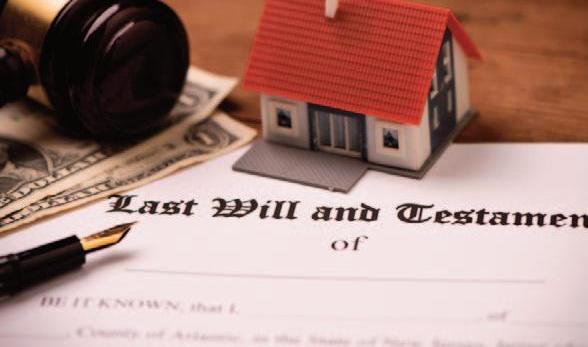
Wills, Trusts & Nursing Home Asset Protection
Learn how to Protect your Assets and Provide for your Loved ones
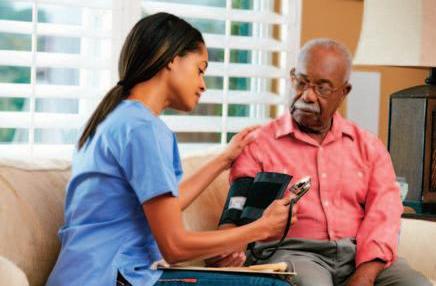
Get Answers to Start Your Estate Plan
At this consultation, we will discuss issues that include:
Nursing home costs- the myth of the 昀ve year look back The advantages of Wills, Living Trusts & Probate How to maintain your privacy and protect your estate if you become disabled (Hint: Not all Powers of Attorney are valid) Why putting property in children’s names may be a mistake Protect one’s spouse when the other needs nursing home care Preserve your estate for your kids if your surviving spouse gets married How Probate works and more importantly, how to avoid probate How you can qualify and use Medi-Cal to pay for nursing home expenses Provide for special needs (disabled) children and grandchildren How you may be able to minimize federal and state taxes Get your FREE CONSULTATION
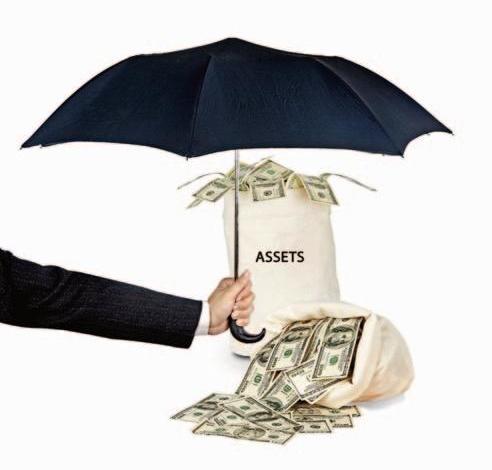
Will Endorsements Matter in New York City’s Mayoral Election and Other Races?
BY RACHAEL HOLLIDAY SMITH & ALLISON DIKANOVIC THE CITY
As the 2021 race rolls along, candidates over the city are touting their endorsements — which is when a group or individual publicly supports a candidate. Those endorsements may seem like a bunch of acronyms and more names to keep track of. But they can be a tool to help some voters sort through a big election like this, especially when there are so many people running. So, for example, when you see that a huge health care worker union endorsed mayoral candidate Maya Wiley recently, here’s how to make sense of that — and other endorsements that will start to pile up the closer we get to the June 22 primary.
How much do endorsements matter, anyway?
Reader Liz M. from The Bronx got us thinking about this with her excellent question: “Which endorsements are the most sought after, and why?” To answer this and other endorsement queries, we spoke to three New York politics experts: Fordham University political science professor Christina Greer, Baruch College political science professor Doug Muzzio and campaign veteran and political consultant Neal Kwatra.
Here’s what the experts say
To Muzzio, there’s “no general rule of endorsements,” and which ones matter vary widely depending on the race. A high-profile local endorsement could have a huge impact in a City Council race in East Flatbush, Brooklyn, for example, but may mean nothing in a citywide race. But the experts agreed on at least a few big names and inof New York,” he said. Mayoral campaigns will often tout celebrity endorsements, too, Greer said — for example, Ray McGuire and former Knicks star Patrick Ewing or Scott Stringer and actor Scarlett Johansson. But she sees that more as advertising than a sure-fire way to boost votes. “For a lot of people, it doesn’t really matter. But it does help when you don’t know who a candidate is,” she said. The right celebrities can help with fundraising, however, especially from outside of New York, she added.

Editorial credit: Ron Adar / Shutterstock.com
fluential groups that hold sway in New York no matter what.
The unions — and their members
The big unions — including 1199, DC-37 (representing city government employees), 32BJ SEIU (representing building service workers), the Hotel Trades Council (representing hotel workers) and the United Federation of Teachers — are definitely at the top of that list. Why? Because they can mobilize thousands of members to broaden a campaign’s reach. “They provide troops for the campaigns. They’re sources of money and sources of personpower,” Muzzio said. “They’ll phonebank for you. They’ll help you with get-outthe-vote efforts,” Greer said. “This is a built-in, politically educated class of people who have now said that you’re their candidate.” Plus, of course, their backing often translates into votes, Kwatra said — though by how much varies widely depending on the union. A recent survey Kwatra’s consulting firm helped conduct for the Hotel Trades Council found that among hundreds of members, 70% said they would choose the union’s preferred candidate “even over their own primary research around candidates,” he said. “They were that emphatic about it,” he said. The individual endorsements — AOC … and Patrick Ewing? Individual endorsements — from a celebrity or a notable politician — can play a role, too, but how much power they hold is mixed. “The impact of endorsements, as far as political science literature is concerned, is contested,” Muzzio said. But for the experts, one person in New York tops the list of people whose endorsement could make a big splash locally: Rep. Alexandria OcasioCortez. “The name alone signals a certain set of beliefs and values, and, if she endorses, a voter might look at that and say, ‘Ah, I know what this candidate stands for, and since I like AOC, I can move to vote for that person,’” Muzzio said. “Or maybe more, they can move to volunteer for that person. It’s not only voting.” For Kwatra, Ocasio-Cortez can speak to a specific group of voters who are “increasingly engaged and activated in the Trump era.” “I think for a lot of those voters — they’re younger, they’re more diverse, they’re more female — she is as impactful as anybody right now in the city all kinds are actively deciding how to endorse candidates. We’ve spoken with tenant groups, neighborhood political clubs and issue-based coalitions that are interviewing and vetting candidates through questionnaires and marathon Zoom sessions before giving a stamp of approval. Some are considering endorsing a top-choice candidate, as well as second and third choices — in line with the way voters will choose candidates on the ballot this year through ranked choice voting. Bronx State Senator Gustavo Rivera followed this method when he endorsed both Scott Stringer and Dianne Morales — in that order — for mayor in January. For neighborhood-based races like the City Council, an endorsement from an influential political club, progressive coalition or popular community leader can make all the difference, Kwatra said. Local clergy can also hold a lot of sway, as can local parent leaders, youth coaches or former neighborhood politicians. “Each of these neighborhoods have these spheres of influence,” he said. Muzzio sees endorsements as a “shorthand aid for voters,” particularly when “there’s so much competing noise with so many candidates” where few are especially well known. The experts say that voters might want to look at who their favorite local organizations and elected officials are endorsing as one factor in choosing candidates in crowded races from mayor to neighborhood City Council contests with up to a dozen hopefuls in the mix.p
The groups — DSA, WFP … but not PBA
There are also politically influential groups, like the Working Families Party and the Democratic Socialists of America, two left-leaning organizations with engaged memberships in the city that are more likely to vote in primaries when turnout is low. But Greer isn’t sure how big of a wave those on the left will make when the ballots are tallied — because while New York is very Democratic, it’s “not a progressive city.” “Most voters are not progressive. The progressives are a faction that happen to be pretty well organized and loud, but they’re by no means the majority,” she said. According to our experts, in the Democratic field, there are a few endorsements most candidates don’t want nowadays. Among them: the police unions — which have become politically toxic in New York City, especially in the wake of last year’s Black Lives Matter marches — and the city’s real estate trade groups.
Should you care about these endorsements? Well, that depends.
Right now, political groups of
This story was published on March 2, 2021 by THE CITY.

GET YOURSELF ON THE PATH TO U.S. CITIZENSHIP TODAY!
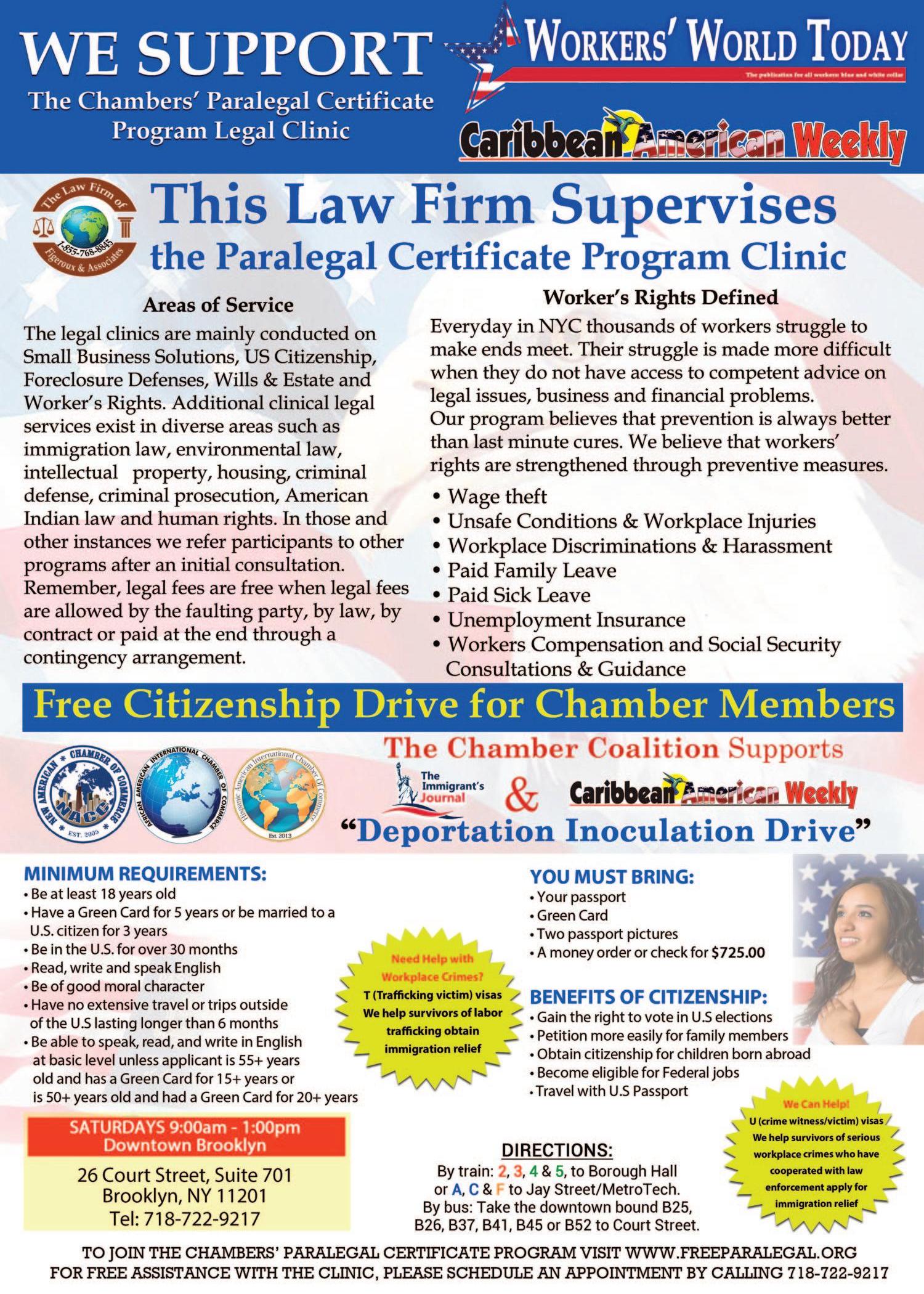
This Citizenship Program does not apply to anyone who has ever been arrested since getting their Green Card.
